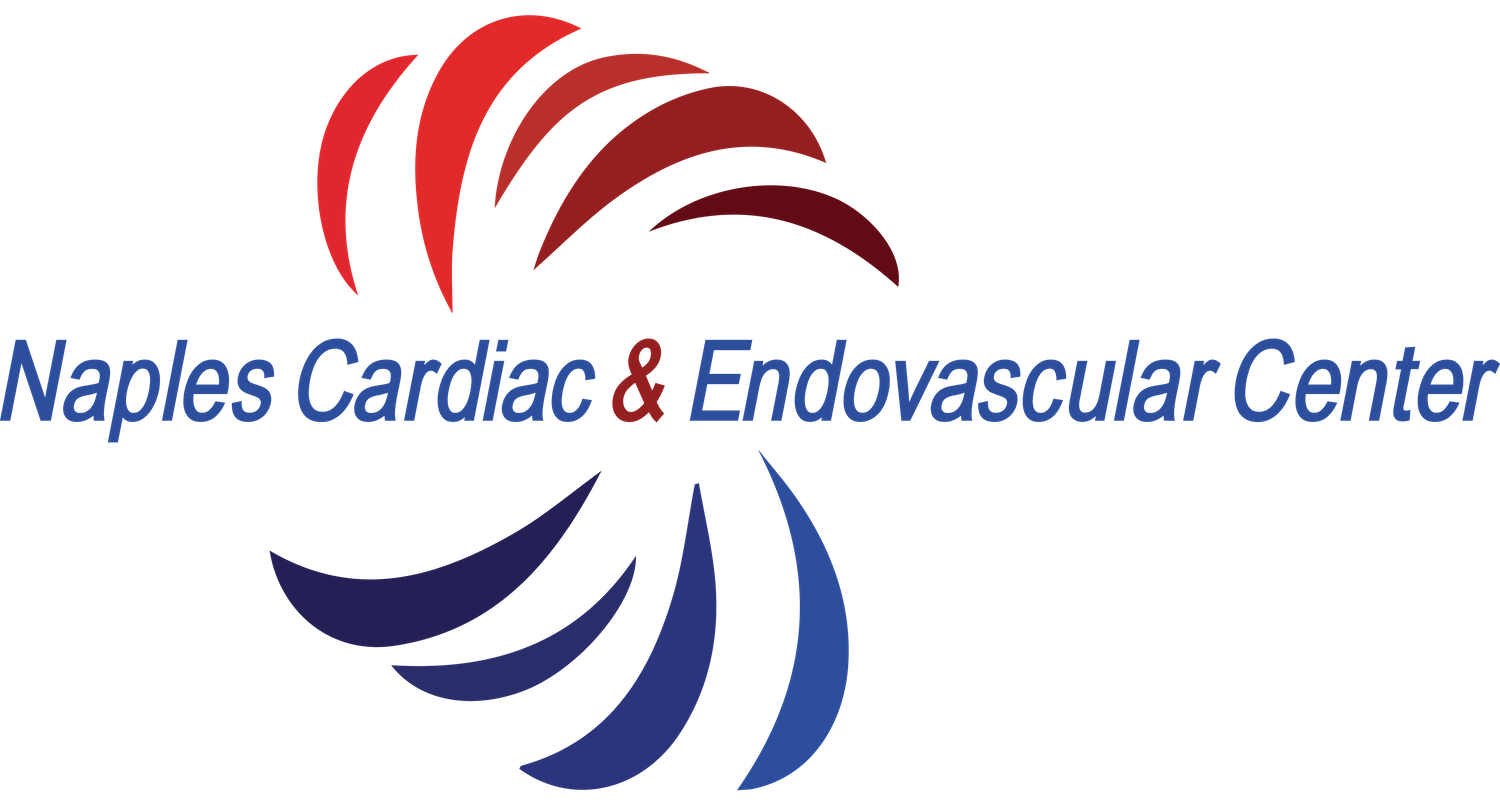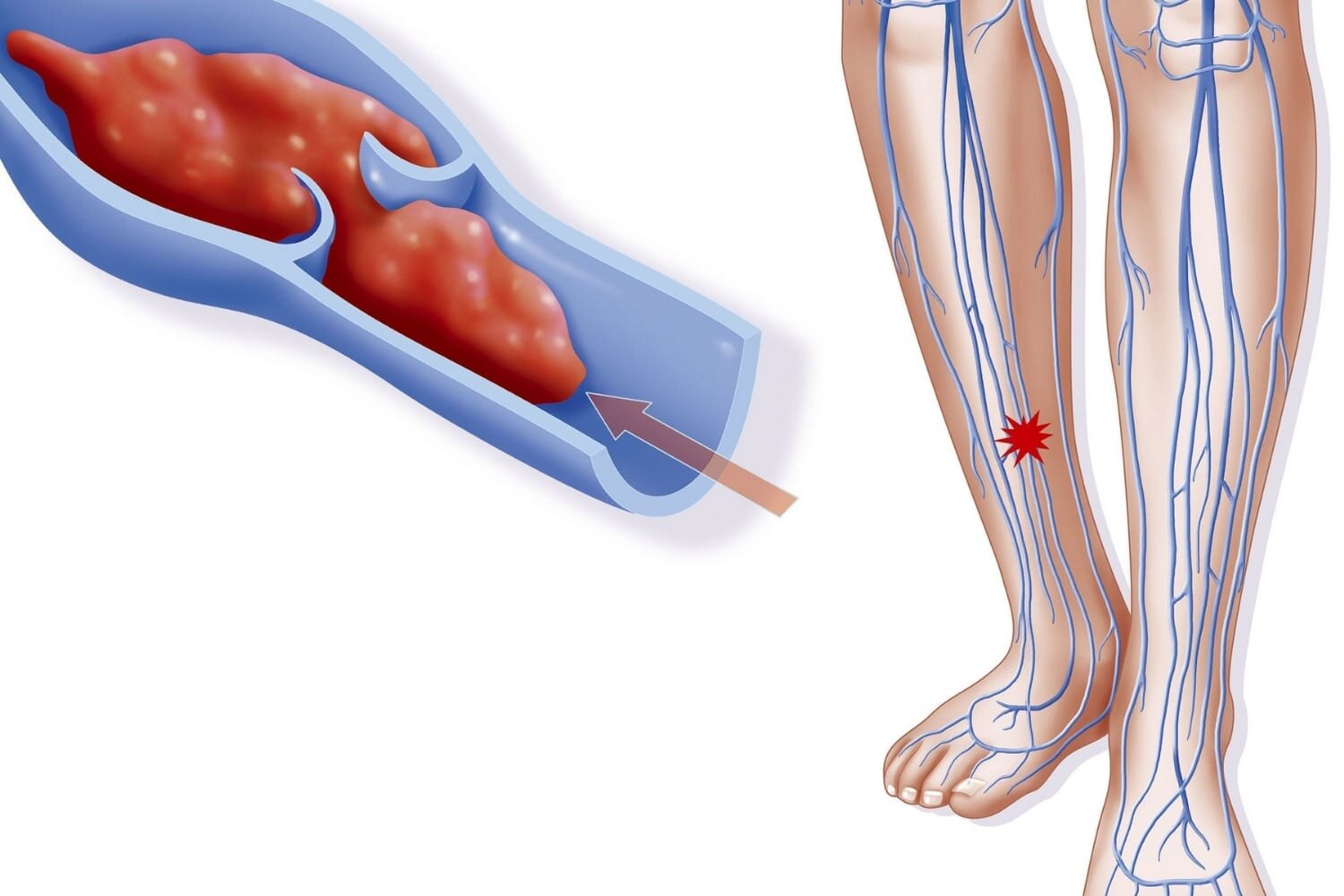Post-thrombotic syndrome overview
The post-thrombotic syndrome (PTS) is a problem that may develop in patients after a deep venous thrombosis (DVT) event.
This condition can affect approximately half of patients who experience a DVT.
In this video, Dr. Leandro Perez discusses the symptoms and treatment of PTS.
What causes the post-thrombotic syndrome?
The post-thrombotic syndrome (PTS) is caused by venous blood flow blockage related to the presence of a vein blood clot that is not treated promptly or incompletely treated. In addition to a completely or partially blocked venous segment, deep vein clots can cause dysfunction of deep venous valves which results in refluxing (leaking) deep veins. The likelihood of developing PTS is greater if more than one venous segment is affected.
Post-thrombotic syndrome symptoms
The symptoms of PTS are variable depending on the location, extent, timing and severity of the venous blockage.
Symptoms may include:
Leg pain that worsens with prolonged sitting
Leg pain that worsens with ambulation
Leg swelling that worsens with prolonged sitting and ambulation and improves with leg elevation or compression
Leg heaviness
Leg cramps
Leg skin discoloration, darkening, redness
Leg skin induration (hardening)
Leg skin ulceration
Post-thrombotic syndrome diagnosis
Having a medical history of a prior DVT with details regarding how it was treated is the initial clue to the presence of PTS. The detailed medical history is followed by a physical examination including the affected lower extremity.
A venous ultrasound is indicated to evaluate the status of your vein valves, the presence of residual venous obstruction and the location of the affected veins.
If deep pelvic vein problems are suspected, a catheter-based venogram with IVUS may be indicated.
Treatment options for post-thrombotic syndrome
Patients who develop PTS are treated with high strength compression stockings and avoidance of certain body positions for prolonged periods such as sitting or standing in one place.
If a specific pelvic venous segment is involved with residual obstruction, some patients may be candidates for a catheter-based procedure to restore the blood flow of the affected veins.
To request a consultation click below or call (239) 300–0586


